These are the Most Common Home Design Mistakes to Avoid, According to an Architect
Designing a house extension, or making plans to self build a new home, is a process full of decisions, all of which need to marry up in order for the scheme to be successful. So, there’s a lot to consider – both in terms of the features you want and what you need to avoid.
In this article, I’m taking a look at some of the most common home design mistakes I’ve seen in my time as an architect, and how you can overcome them to ensure a successful project from start to finish.
Having an unclear design brief
An early step in the design process is preparing a brief for the architect. The excitement of starting a project can lead to this stage being rushed, which wastes time later as the designer finds out what you need by trial and error. The worst case scenario is when important aspects of the scheme are left out of the brief altogether. For example, an elegant table inherited from your grandparents may not fit in your new dining room, unless someone remembered to measure it and include space for this at the start.
Occasionally, large pieces of antique furniture may not even fit through the doors of the house, because unlike modern flat packs, they were made to fit grand homes with wide entrances and staircases. This is one reason why using a spiral staircase as the only access to the upper floors can be unwise.

Long-time collaborators Oakwrights and PJT Design worked together to create this spectacular oak frame home in the Essex countryside. At design stage, Oakwrights produced a full 3D virtual tour, so the owners could assess the layout and flow between rooms and get a real sense of what the oak frame home would look like. The project won Best Oak Frame Home at the 2024 Build It Awards. Photo: Mark Watts
Another easily-resolved problem that occasionally rears its head is when certain members of the family are not involved in early discussions and miss the opportunity to make their views known. The architect only finds out about them after spending many wasted hours refining the design, based on only one person’s input. The best way to avoid issues like this is to take time to prepare the brief and involve the whole family.
Misunderstanding the architectural drawings
Most architectural drawings are diagrams that describe the scheme to other professionals, such as planners and builders. Many homeowners find these drawings difficult to read and are unable to visualise how the building will look when it is finished. Because the experts are so used to working with this type of illustration – called orthographic projections in the trade – they may not notice when a client is having difficulty with them.
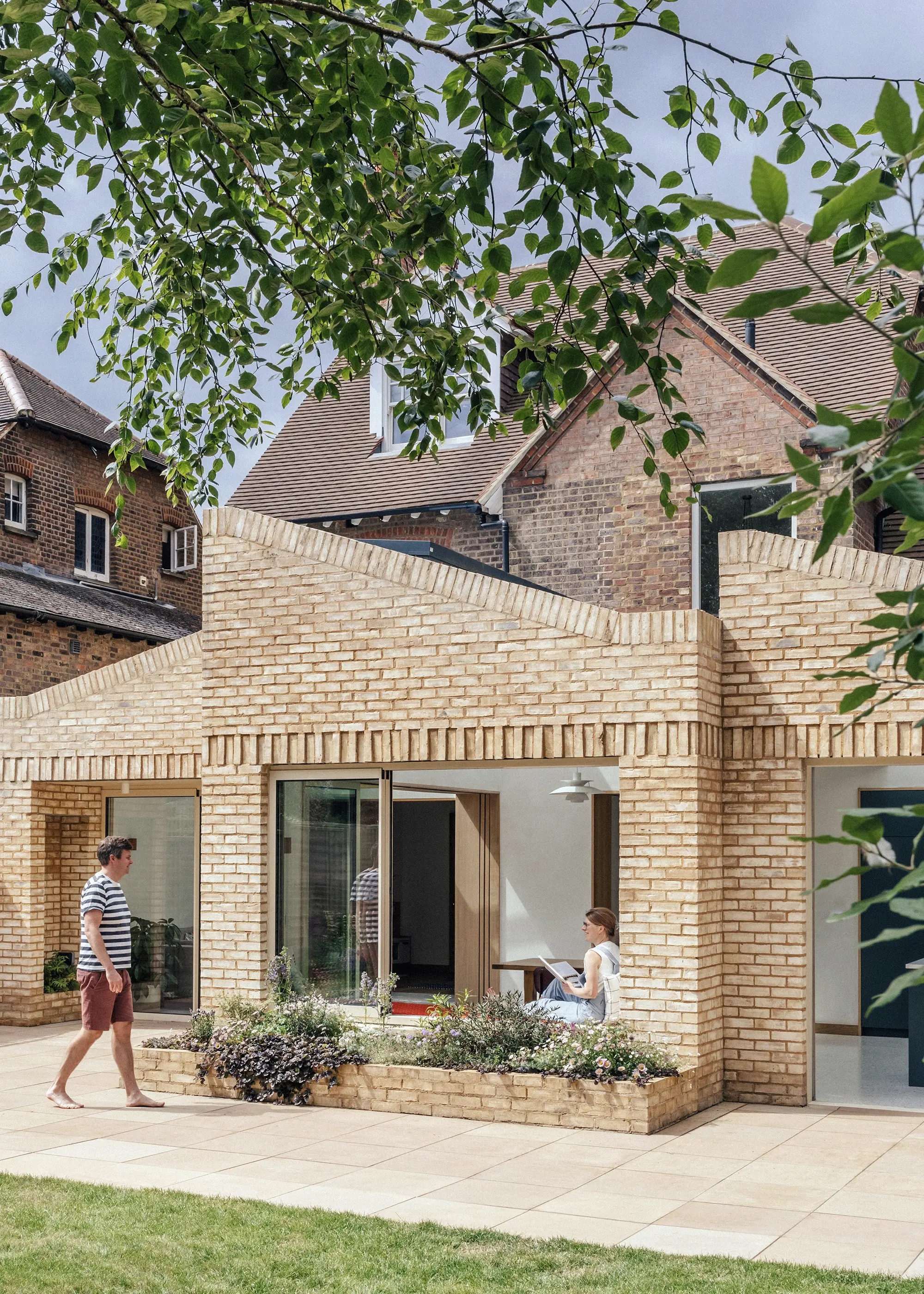
Emil Eve Architects transformed this Edwardian house set in the Harpenden conservation area with an eye-catching brick extension, which provides the owners with a new, open kitchen, living and dining space. Characterised by a cluster of three mono-pitched roofs, each section has its own individual connection to the garden, with a window seat, sliding patio doors and corner glazing from IDSystems. Photo: Taran Wilkhu
Unpleasant surprises may therefore result after construction is complete, such as window or door openings that are symmetrical outside but off centre from the inside, and rooms being much smaller than expected. It can be helpful if card models, three dimensional drawings or computer visuals are prepared, which will bring the design to life, especially if colours and textures are added.
Premium Content
Downloadable E-Guide
Where should you start when planning your home building project? Build It’s in-depth downloadable guide to self building a house contains everything you need to know to make your project a success.
find out more
Taking a symmetrical approach
We all like things to be even because this provides an easy, ordered way of setting out a design. There is nothing wrong with this in principle. But unless it is a key objective of a scheme, as with the Georgian style, an unnecessary use of symmetry can make a house predictable and uninspiring.

The Gleesons approached Sketch Architects to design a low-energy family home to replace their existing, poorly-built 1960s house. They were after a large, light-filled kitchen at the centre of the scheme, with a flexible floorplan to support the family’s evolving needs. The finished house features a stepped gable design, which delivers plenty of extra space compared to the original building. The project won Best SIPs Home at the 2024 Build It Awards. Photo: Billy Bolton
It can work well if the main rooms are very large. But with more modest projects this can mean windows have to be put in locations that aren’t ideal for illuminating the rooms behind them, and the plan has to be distorted to fit the facade. Equally, making a design almost symmetrical can look terrible.
Being too rigid with your design
It has been said that you can identify a great designer by looking in their waste bin, because it will be full of good ideas that have been rejected in the search for an outstanding concept.
Sometimes inspiration strikes at the beginning of the design process – but more often getting it right takes a lot of trial and error and it is important to keep an open mind whilst this is going on. For example, it may seem a good idea to orientate a new house to prevent privacy being lost due to a busy street along one boundary.

This fantastic new build, designed by Alma-nac architects, is nestled into a forest of towering trees in the Hampshire countryside. Built using a structural insulated panels (SIPs) from SIPS@Clays, the home’s architecture was informed by the surroundings and is carefully positioned to ensure the interiors would receive enough natural light throughout the day. Photo: Jack Hobhouse
There then follows a period of intense work as the architect attempts to arrange the whole design around this idea, compromising everything else to suit. When so much effort has been put in it can be hard to abandon the original concept; but the result is a house that is unsatisfactory in every way except for having the main windows facing away from the road.
Ignoring the finer details
Once planning permission has been granted you could be forgiven for thinking that the design work is over. But typically the approved drawings only describe the design at 1:100 scale and give a very general idea of how the finished building will look. It is a common mistake to proceed to the building stage without ensuring that the details are consistent with the overall concept for the design.
For example, there are probably a dozen different ways to create the eaves (where the top of a wall meets the roof) but it would be difficult to tell which should be specified from the planning drawings.
Trying to replicate traditional architectural details
If you intend your design to look like a modern 21st century house, there are plenty of pitfalls to watch out for. Many people relate to familiar historical styles, so any designs that stray away from these tend to be treated with trepidation – particularly by neighbours and planning committees.
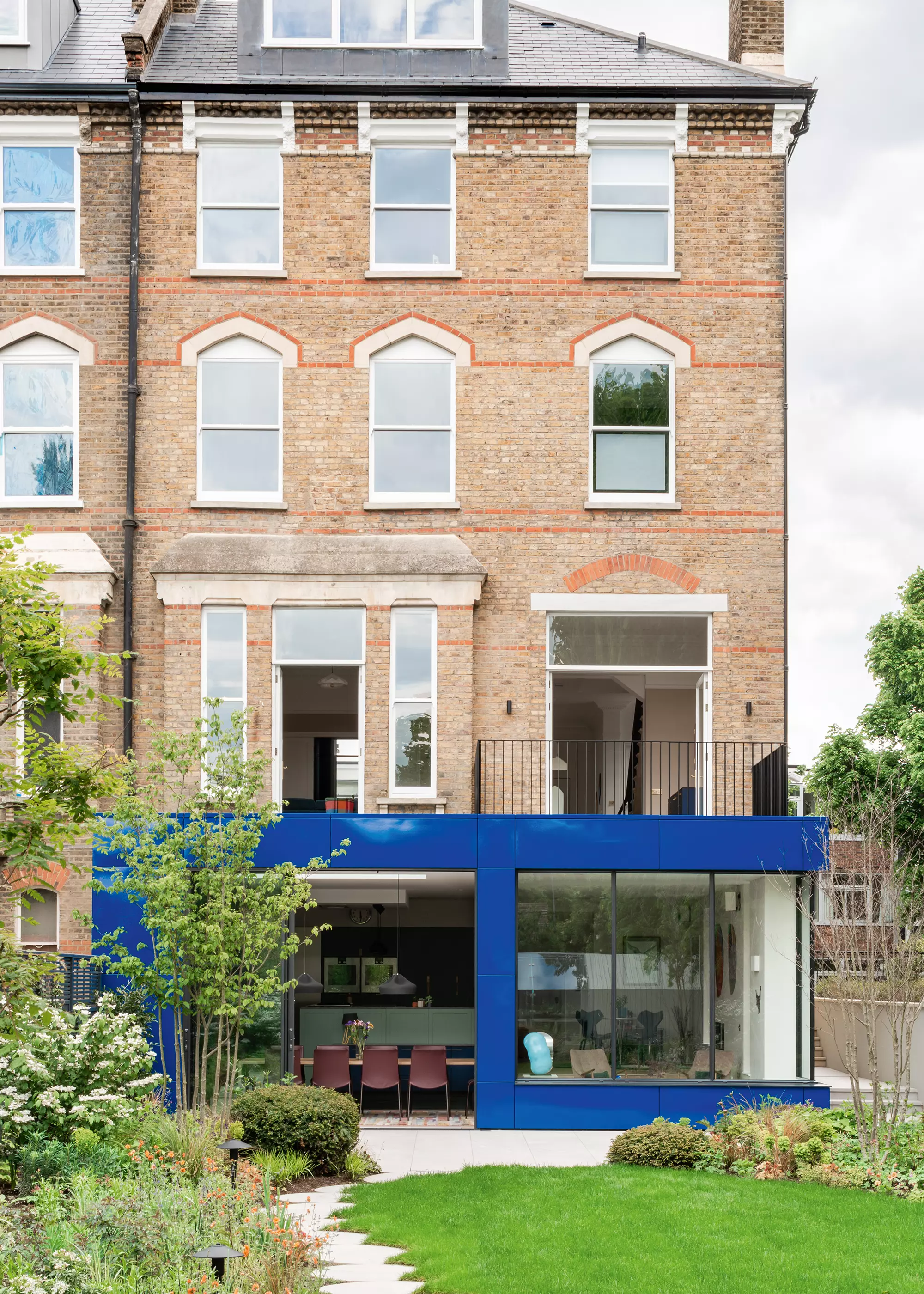
Keen to create a contrast between the traditional style of their Victorian property and new extension, the homeowners of this project chose a contemporary flat roof design. Vitreous Enamel Panels in a bright shade of blue were specified to enhance the modern aesthetic. The extension was designed by MW Architects. Photo: French + Tye
It is hard to appreciate the flaws and benefits of a modern scheme at the initial stages. Without a skilled and creative professional designer there is a much higher risk of ending up with a poorly-imagined contemporary house.
The architect needs to be open to new ideas, as well as having a good working knowledge of modern materials and building techniques. Because of the unfamiliar shapes and forms used in contemporary builds, your designer’s ability to visualise and create a structure in 3D is vital.
Need more advice about different aspects of your project?Build It’s Self Build Virtual Training will give you the detailed know-how to successfully realise your dream home. Our interactive courses are presented by Build It’s expert contributors and designed to give you the key nuggets of knowledge you need – all from the comfort of your own home. Covering everything from finding land to planning permission and design, our courses take place online and allow for audience participation and experience sharing. Use the code TWENTY for 20% off. |
Not thinking about how the space will actually be used once the house is built (& what furniture can fit)
If you have prepared your brief well, you will have a pretty good idea of the number and size of rooms that you need. As the layout of the new zones is developed, a classic mistake results from when no calculations are made for how each space will actually be used. This can cause awkward furniture arrangements and wasted space due to circulation paths across a room.
Accurately sized furniture, such as beds and tables, should always be drawn onto plans from the earliest stages and a certain degree of experimentation is needed to visualise how the room will be used, such as measuring up the spaces you already have and comparing them in size and scale to the new ones that are being proposed.
FAQs
How can I avoid spending my design budget on the wrong things?
When your budget is tight, it can be hard to know where to spend and where to save. Anyone will tell you that it’s not a good idea to skimp on parts of the overall house’s construction that are difficult to upgrade later, such as windows, cladding or roof tiles. Instead, you should look to use cheaper doors, tiling, sanitaryware and interior finishes. All of these are relatively easy to replace once your budget has recovered. You could also consider opting for a cheaper, off-the-shelf kitchen design and customising it on a DIY basis, to save on costs.
Should I always ensure my house’s design blends in with the surrounding landscape?
It’s important that your house complements and maximises the plot you’re building on. For example, if you put a standard house plan on a steep, sloping site, you’ll be missing out on the best views through the use of architectural glazing and ignoring the impact of trees on daylight levels inside the house. Always look to make the most of your plot of land when putting together the house’s design.
Why should I avoid standard square and rectangle rooms?
A common mistake by inexperienced designers is to start by drawing a square or rectangle and then trying to fit the required rooms into it. This usually results in unsatisfactory room shapes and sizes. The best way to start a plan is with a venn diagram of the rooms and see how they relate to each before drawing walls around them.
What do I need to consider when designing hallways & landings?
Your hallway is the first thing people see when entering a home, so it’s important that it feels welcoming, bright, and sets the tone for the rest of the scheme. Some houses, however, have very dark, narrow entrances. This ‘mistake’ is often made by volume house builders who try to reduce the cost of the roads needed on an estate by making the frontages as narrow as possible. The result is that the spaces in the middle of the house are very dark, as are landings, hallways and corridors. If there is no other option because the plot is narrow, lightwells, inner courtyards and lightpipes can be deployed.
Should I always listen to planners about my design, or should I push back?
Despite the time and effort that goes into putting together a house design and formal planning application, your local planning authority can still reject your scheme, and for various different reasons. Taking the path of least resistance with the officials could allow unnecessary design restrictions to be imposed by planning officers, party wall surveyors, and utility providers. While this makes life easier, and often speeds up the process, it can erode the best features of the house – sometimes the ones you had been most excited for. If you really believe in a design scheme, you may have to fight for it.

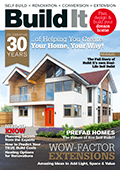

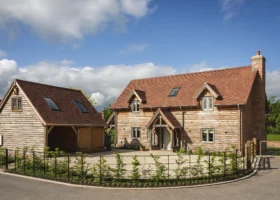
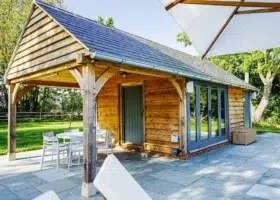


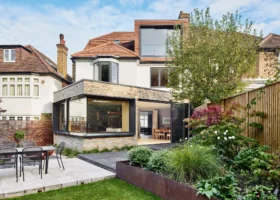
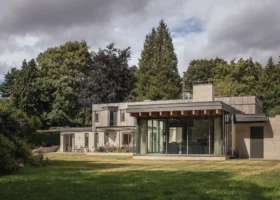
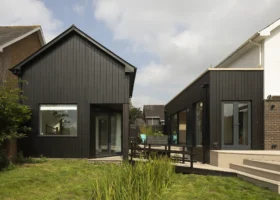
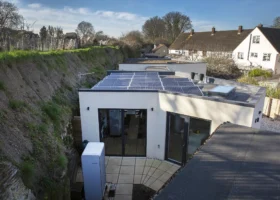


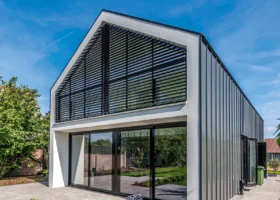

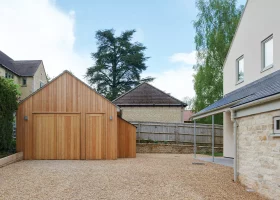
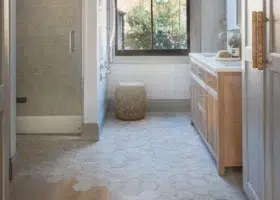

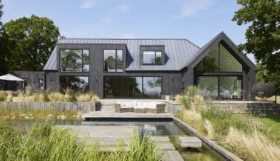

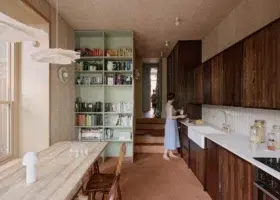
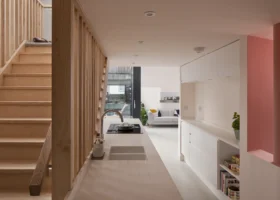
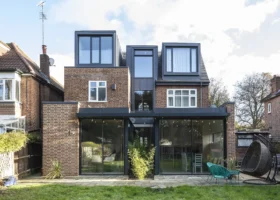
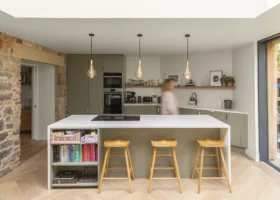

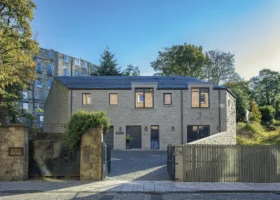
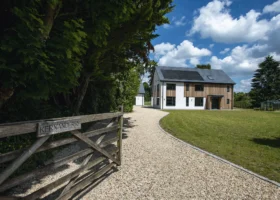

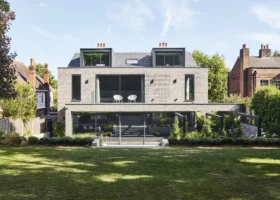
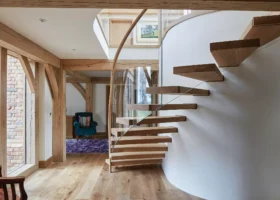
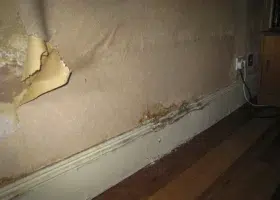





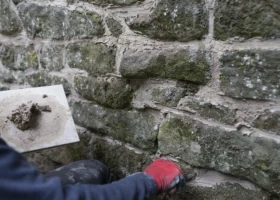


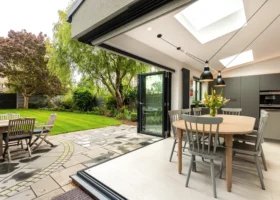
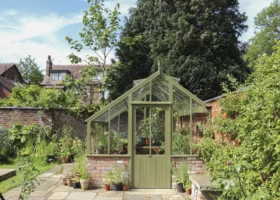
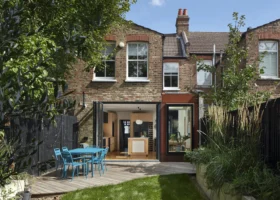



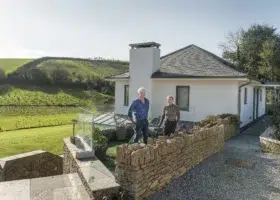
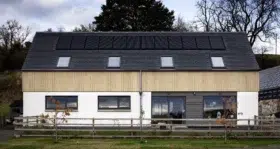
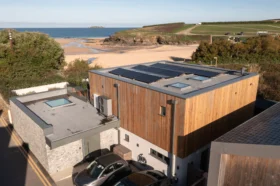


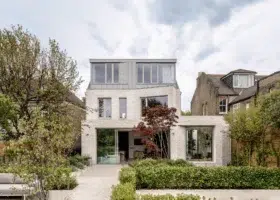
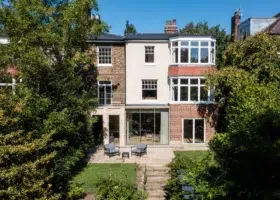

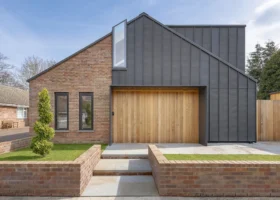
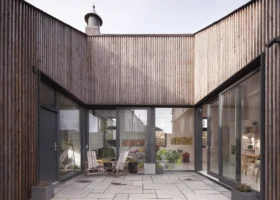
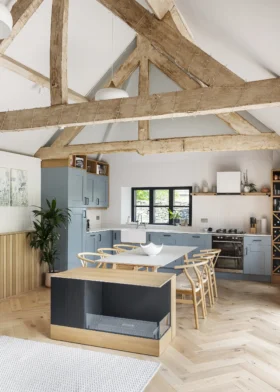
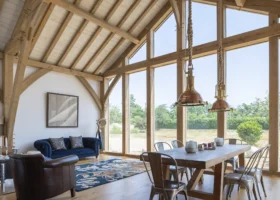
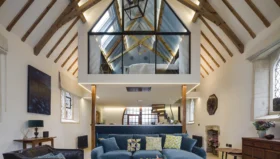
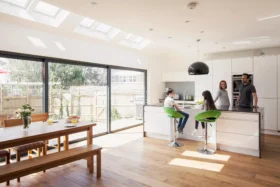
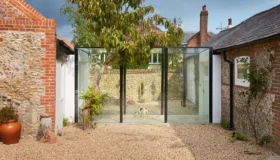
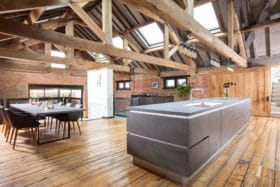
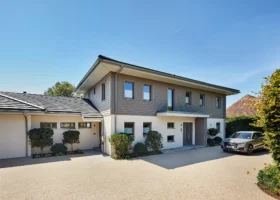

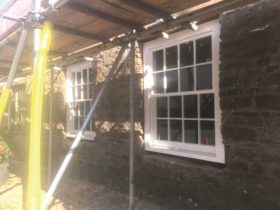

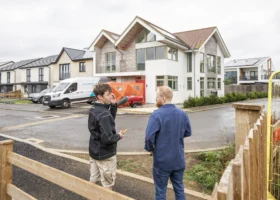

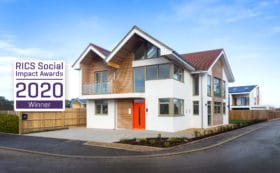

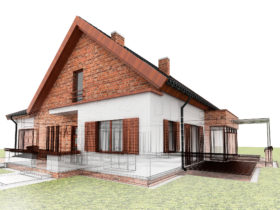


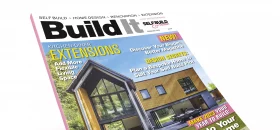

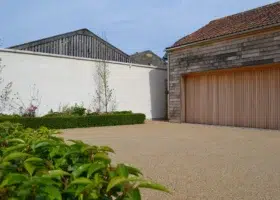






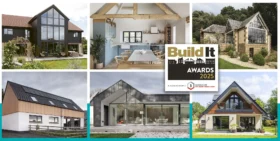
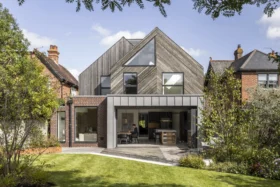


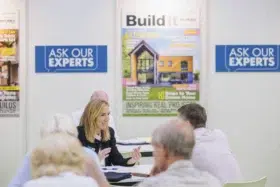


 Login/register to save Article for later
Login/register to save Article for later


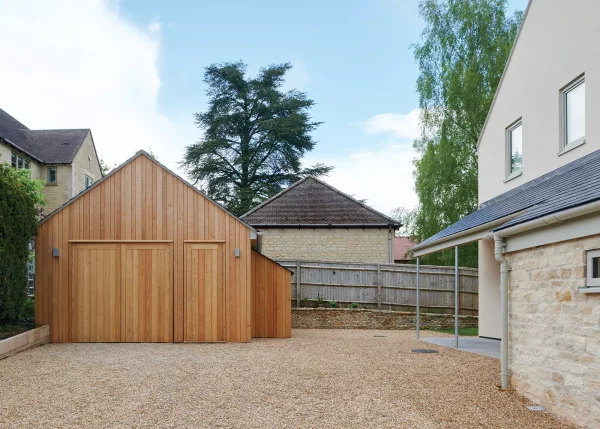
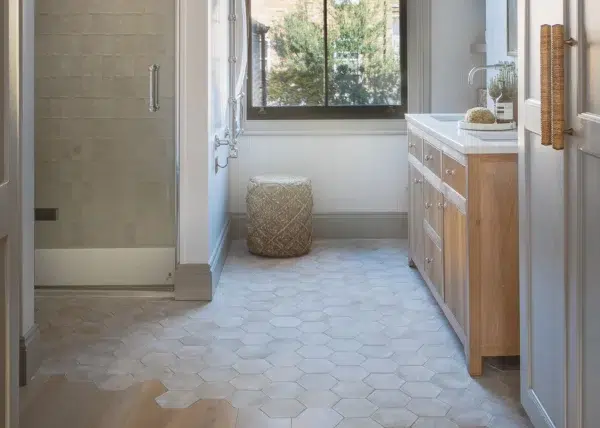


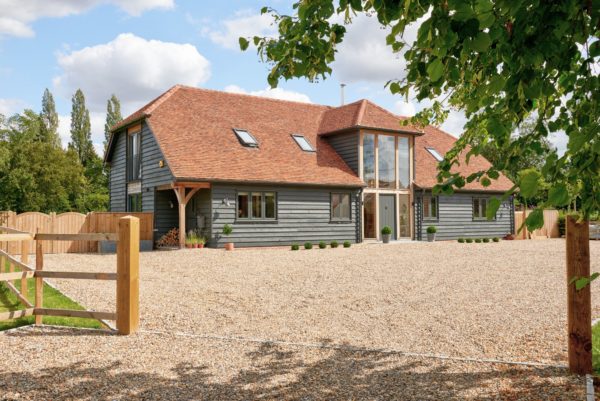
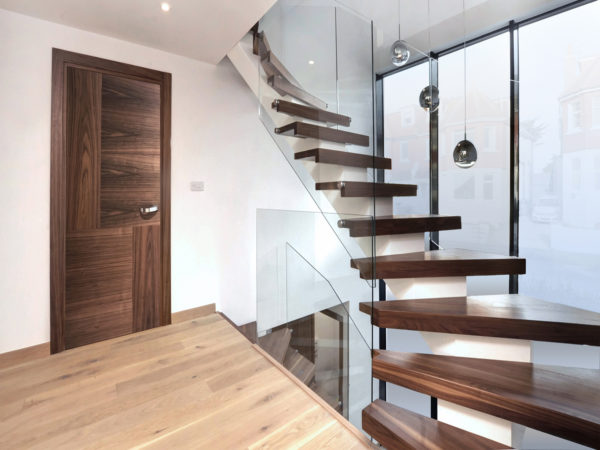
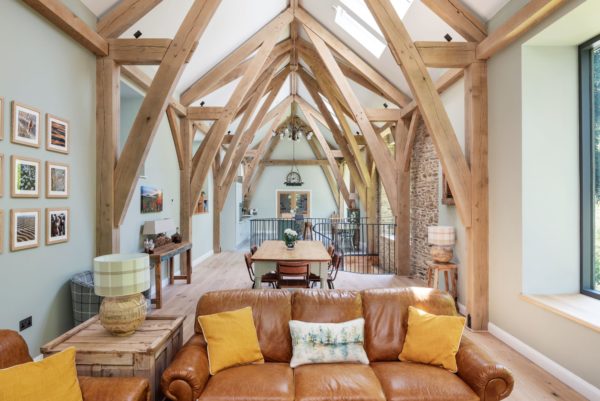





Comments are closed.